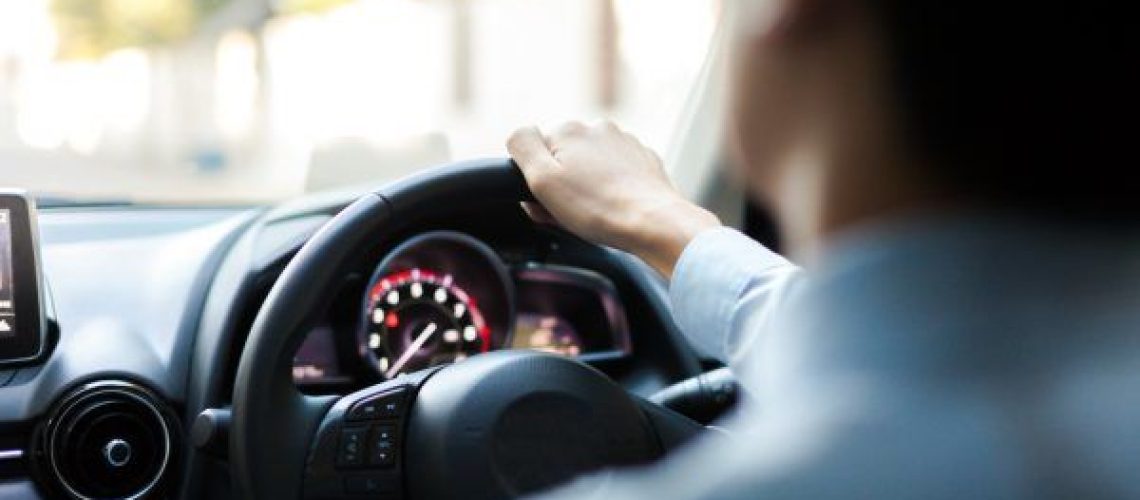During the last five years, the number of Australian drivers who wanted to benefit from tax deductions for their car expenses has increased considerably. In fact, according to the latest reports, this type of claims expanded by almost 30% since 2009.
Because of this, the Australian Taxation Office (ATO) decided to change the rules regarding tax deductions for this year. Consequently, many Aussies will probably receive less than what they claimed.
The evolution of tax deductions for work-related car expenses
In order to understand why the new rules were a necessity, Mark Chapman, who is H & R Block director of tax communications, explained how the work patterns have changed in the last years.
As he said, people nowadays are a lot more mobile, and this aspect is visible also when it comes to the way we work. Mr Chapman mentioned that those days when someone got into the office at 9 AM and stayed there until 5 PM are mostly gone now.
The new data revealed by ATO shows that, in 2009, the tax deductions for work-related car expenses were about $6.66 billion, while in 2014, Aussies claimed almost $8.6 billion for the same expenses.
New regulations for this type of claims
After analysing the data from the last financial year and the changing working patterns, ATO decided to amend the rules for tax deductions when it comes to expenses for the work related vehicles.
Last year, Aussies could claim these deductions using four methods, but this year, only two of them are left. At the moment, you can make use of these procedures: the comprehensive logbook and the cents per kilometre calculation.
Another significant change is that the rate of cents per kilometre was reduced to 66c, no matter the type of car you drive. A year ago, Aussies could benefit from tax deductions of 76c or 77c for vehicles with an engine larger than 1.6 litres.
According to Mr Chapman, this change will hit many Australians with larger cars, which will have to go with the cents per kilometre method.
Also, an ATO spokesman advises people to pay attention to these changes and make sure they opt for the best option for them. For instance, some could benefit more if they choose the logbook method instead of the cents per kilometre option because the last one has a limit when it comes to the distance – 5.000 km.
Even though keeping a logbook may be difficult, you can get numerous advantages in the long run. For example, with this method, you can also claim depreciation.





